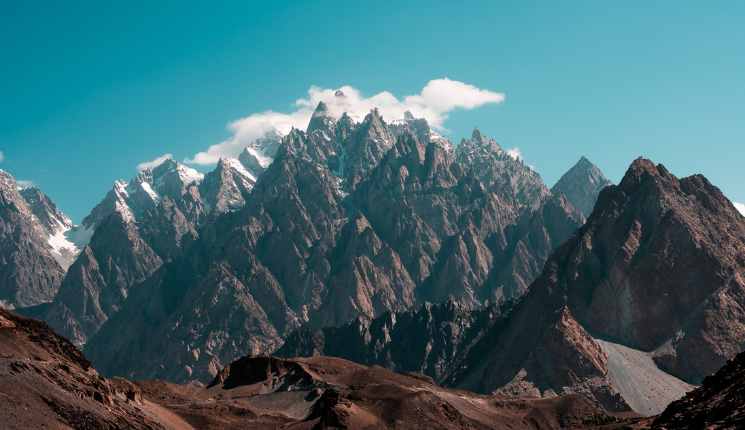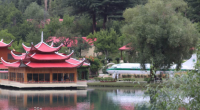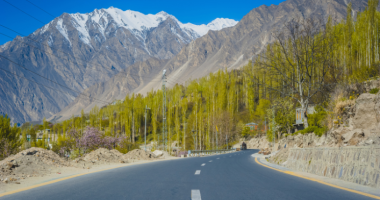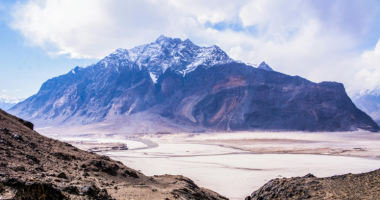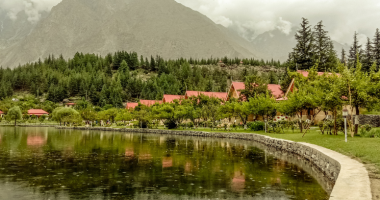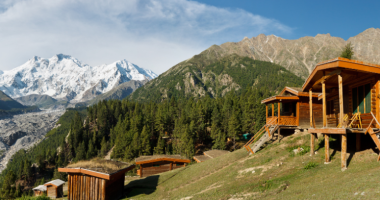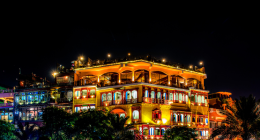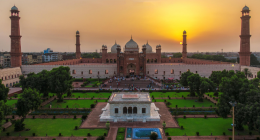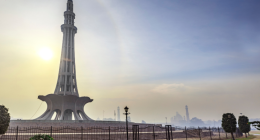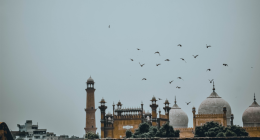Hunza Valley, nestled in the breathtaking Karakoram mountain range of northern Pakistan, is a place that seems almost magical. Its cultural treasures and stunning landscapes make it one of the most fascinating travel destinations in Asia. Whether you’re an adventurer, history buff, or someone seeking peace, Hunza Valley culture offers something for everyone.
What Makes Hunza’s Heritage So Special?
The culture in Hunza Valley is like no other. It’s a fascinating blend of old traditions, warm hospitality, and deep respect for nature. The Burusho people, native to the area, speak Burushaski—a language unrelated to any other worldwide, making it quite unique.
Many locals enjoy remarkable longevity, often linked to their clean environment and natural diet. This strong cultural identity shines through their festivals, music, and lifestyle. Hunza’s close bond with nature is obvious everywhere, reflecting in the community’s sustainable way of living.
Historical Landmarks That Tell Hunza’s Story
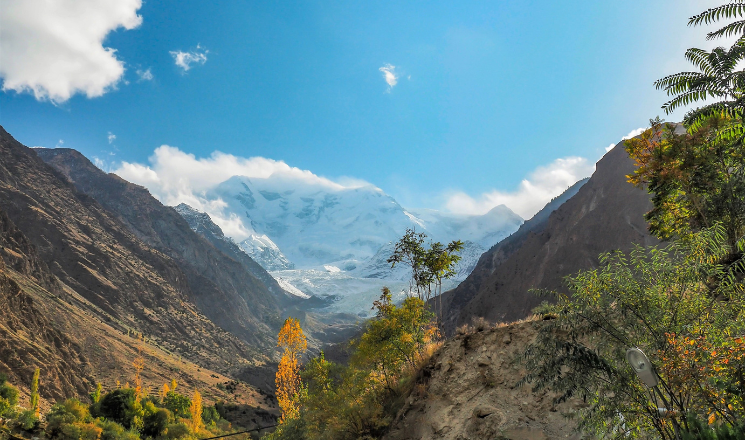
To truly understand Hunza Valley culture, exploring its historical sites is a must. The famous Baltit Fort sits majestically above Karimabad village. This ancient fortress offers breathtaking views and a glimpse into the lives of Hunza’s former rulers. Nearby, Altit Fort showcases traditional craftsmanship and centuries of history.
The Rakaposhi Viewpoint also deserves mention—not only for its natural beauty but because Rakaposhi is considered sacred by locals. Visiting these landmarks helps travelers feel the deep connection between Hunza’s history and its rugged landscape.
Festivals That Celebrate Hunza’s Spirit

Festivals bring Hunza Valley culture to life. The lively Ginani Festival marks the harvest season with music, traditional dances, and joyful gatherings. People dress in colorful clothes, filling the valley with vibrant energy and hope.
Another key celebration is the Navroz Festival, the Persian New Year, highlighting Hunza’s Central Asian ties. These festivals do more than entertain—they preserve customs and strengthen community bonds across generations.
Music and Handicrafts: The Heart of Hunza Culture

Music holds a special place in Hunza’s traditions. Instruments like the damboora and surnai create folk melodies about love, nature, and heroes. These tunes echo through the valley’s mountains, adding magic to the quiet surroundings.
Local handicrafts are equally important. Women weave beautiful rugs, embroider colorful fabrics, and make delicate jewelry. These crafts not only express creativity but also support many families, making them cherished souvenirs for visitors.
Breathtaking Landscapes of Hunza Valley
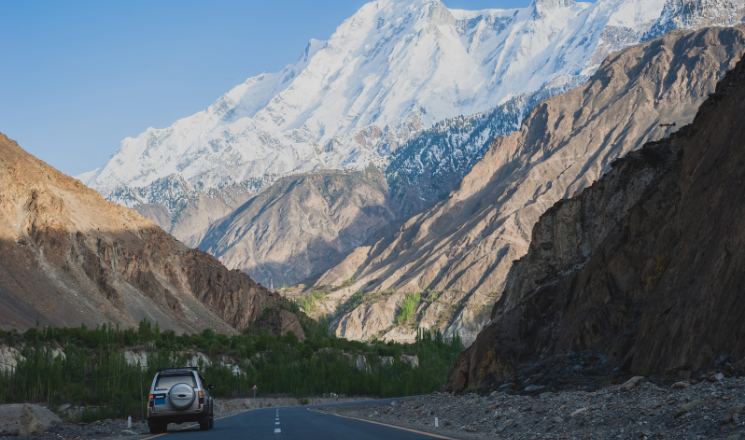
The natural scenery in Hunza Valley is unforgettable. Towering peaks such as Rakaposhi and Ultar Sar surround the valley, drawing climbers and photographers alike.
Nearby, Attabad Lake—created by a 2010 landslide—shimmers turquoise against rugged cliffs. Tourists enjoy boating here, marveling at how nature reshaped the land dramatically.
Lush green terraces and apricot orchards stretch across the valley, maintained by locals practicing sustainable farming. This harmony between humans and nature keeps the landscape vibrant and inviting.
Taste Hunza’s Traditional Flavors
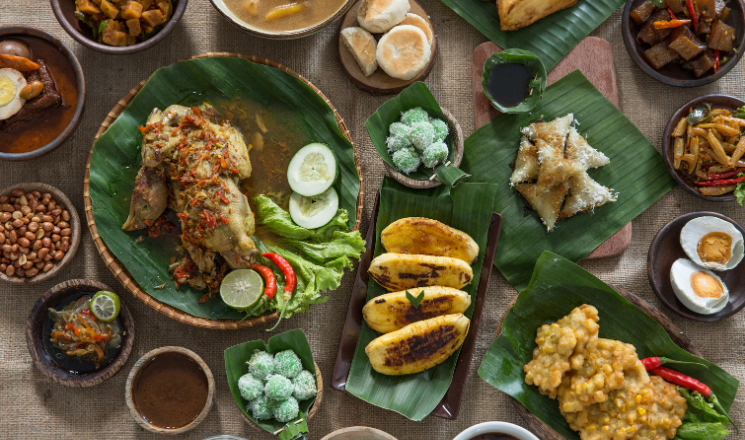
Hunza Valley culture shines through its food, which is simple but delicious. Fresh fruits like apricots and walnuts are dietary staples, enjoyed raw or dried.
Popular dishes include Chapshuro (a savory meat pastry) and Giyaling (barley mixed with herbs). Sampling local meals connects travelers to Hunza’s heritage, offering an authentic taste of its natural bounty.
Useful Apps and Tools for Visiting Hunza Valley

Planning a trip to Hunza is easier with the right tools. For navigation, Maps.me offers offline maps, crucial for exploring mountain trails.
The Hunza Valley Guide app shares info on attractions, historical sites, and events. To communicate better, apps like Google Translate help with language barriers since Burushaski is rare.
Social media platforms, especially Instagram, are excellent for discovering real-time experiences and local guides.
How to Respect Hunza Valley’s Culture During Your Visit
Respect is key when visiting Hunza. First, always ask before photographing people or their homes, and dress modestly, especially in villages. Additionally, learning a few phrases in Burushaski shows genuine interest and builds goodwill. Moreover, supporting local businesses such as guesthouses, craft shops, and eateries helps preserve Hunza’s culture and environment. By practicing responsible tourism, visitors ensure that this beautiful culture remains vibrant for years to come.
Final Thoughts on Hunza Valley’s Culture and Nature
In conclusion, Hunza Valley culture offers a captivating mix of history, traditions, and stunning natural beauty. From ancient forts and lively festivals to traditional music and dramatic landscapes, every part of Hunza tells a story. Whether hiking its trails or sharing a meal with locals, visitors step into a living culture intertwined with some of the world’s most breathtaking scenery. Therefore, for anyone eager to experience authentic heritage in a peaceful mountain setting, Hunza Valley is an unforgettable destination.

